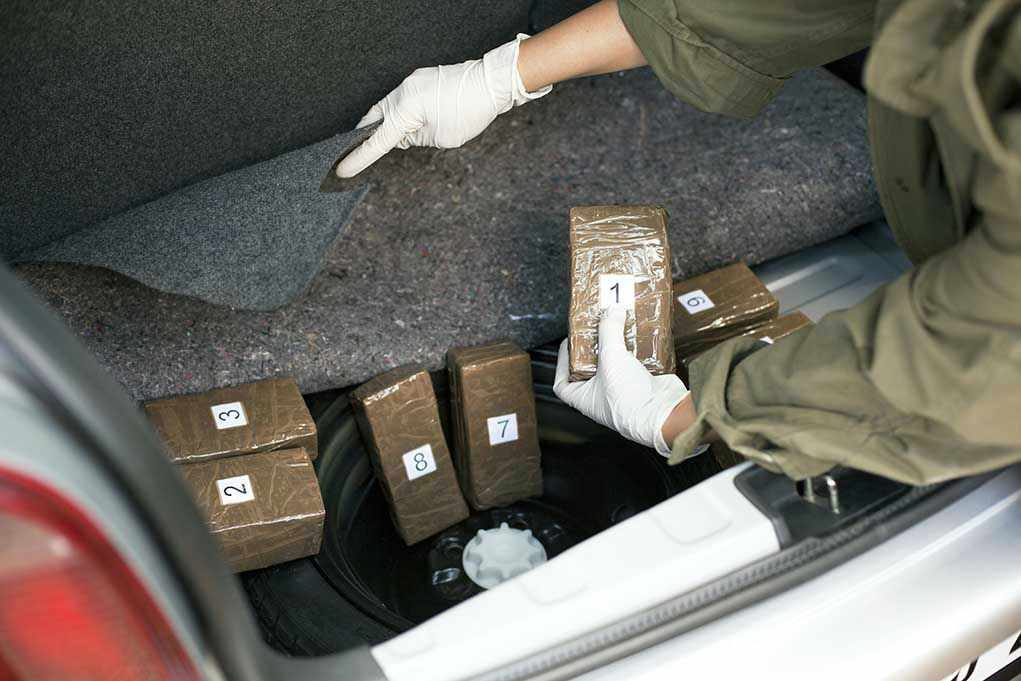
A new form of nitazene—a potent synthetic opioid—was seized by agents during a Hicksville raid in August 2025, marking its first documented discovery in the Northeast, according to agency reports.
Story Snapshot
- The Hicksville raid marks the first discovery of this nitazene variant in the Northeast.
- The seizure underscores the evolving landscape of illicit drug trafficking.
- Nitazenes are significantly more potent than fentanyl, raising overdose concerns.
- Law enforcement and public health officials are on high alert for rapid spread.
Emergence of a New Threat
In August 2025, law enforcement agents conducted a significant raid in Hicksville, Long Island, uncovering a previously undocumented form of nitazene. This synthetic opioid, known for its extreme potency, was seized for the first time in the Northeast, highlighting an escalating threat from illicit drug trafficking networks. The raid indicates a troubling shift in the drug crisis, with new synthetic opioids appearing in regions previously unexposed.
Nitazenes, originally developed in the 1950s for pain management, were never approved due to safety concerns. Recently, illicit labs have revived these compounds, producing analogs even more potent than fentanyl. The Hicksville seizure underscores the adaptability and innovation of drug trafficking networks, which continue to challenge law enforcement efforts across the country.
Law Enforcement and Public Health Concerns
Following the raid, law enforcement agencies issued urgent warnings about the potential for rapid spread of these potent opioids. Officials described the discovery as “deeply concerning” and indicative of evolving tactics used by drug traffickers. The potency of nitazenes poses a severe risk, with the potential for increased overdose incidents and fatalities in affected communities.
Public health officials are on high alert, emphasizing the need for increased vigilance among healthcare providers and first responders. With limited information and testing capabilities for nitazenes, the difficulty in detecting and treating overdoses presents a significant challenge for medical professionals on the front lines.
Implications and the Path Forward
The introduction of nitazenes in the Northeast could have dire short-term and long-term implications. In the short term, the risk of overdose and fatalities will strain emergency services and healthcare systems. Long-term, if these opioids become entrenched in the drug market, widespread addiction and public health crises could ensue, necessitating updated training and resources for law enforcement and medical personnel.
Policymakers face increased pressure to enact stricter controls and expand treatment options to address this new threat. The pharmaceutical and chemical industries may also face scrutiny regarding the regulation of precursor chemicals, while addiction treatment and harm reduction sectors must adapt to these evolving challenges.
Sources:
Deeply concerning vapes found laced with nitazene
Agents Seize New Form of Nitazene in Hicksville Raid—First Northeast Discovery
The Fentanyl Crisis in America: Inaction is No Longer an Option
International Narcotics Control Board Annual Report 2024











